Hoarding Disorder: Causes, Types, And How-To Help
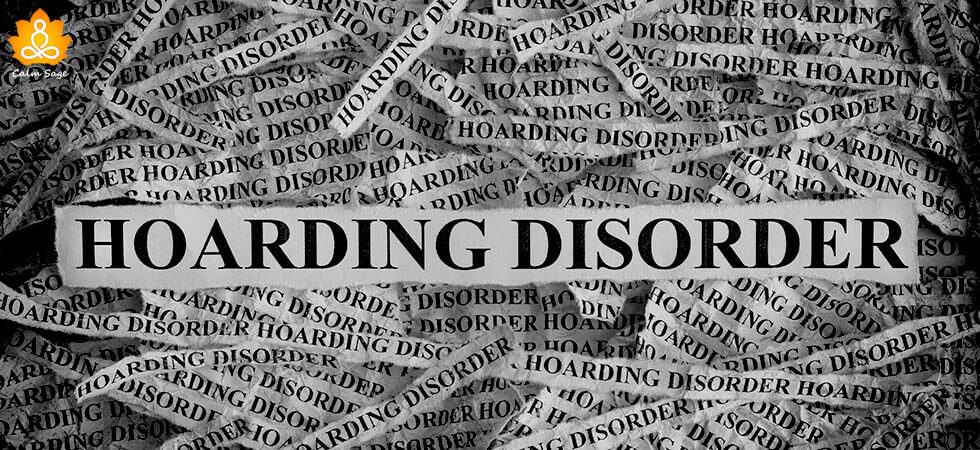
Holding on to possessions we have no use of is one of the common human traits. Many people find it difficult to part from things that they may or may not have use for in the future. When this habit becomes more than being a little disorganized or shy of OCD, it may develop into a hoarding problem.
Hoarding disorder is a persistent mental health disorder when a person finds it difficult to part with their possessions because of a perceived need to save them. A person with hoarding disorder experiences upsetting thoughts at the mere thought of getting rid of their things.
Hoarding disorder has a big stigma attached to it. People with this disorder face a lot of shaming and judgment from others which makes them fearful and stressed in every aspect of their lives. This kind of discrimination negatively affects a person’s social, work, and personal lives.
A hoarder’s stuff usually takes up all available surfaces and can even spread tho the garage, storage rooms, and backyards. Hoarding often creates cluttered living conditions. People with this disorder may not always see it as a problem, making treatment difficult but not impossible.
The gradual build-up of clutter and trouble in discarding things are the first signs of hoarding disorder. This problem often surfaces during teenage and early adult years and can stay for a long time. The cluttering may start with small things but may eventually develop making attracting attention. Some symptoms of hoarding are as follows:
- Excessive collecting items that are not needed
- Having difficulty discarding items
- The tendency to be indecisive, procrastinating, and disorganized
- Significant distress in daily functioning
- Difficulty in leaving personal space or home
Hoarding is different than collecting things. People who collect things such as stamps, coins, model figures, intentionally search out for specific items. Even if the collection is large, it doesn’t create clutter and cause stress or anxiety to the collector.

Causes Of Hoarding Disorder
There has been no particular determined cause of the disorder. It is termed as a disability disorder and it often comes in combinations. People left vulnerable or overwhelmed after a trauma or loss can develop hoarding disorder.
Hoarding usually develops in the teenage years and tends to get worse with age. Risk factors include:
1. Personality – people with hoarding disorder have temperament issues and are not stable which can lead to being indecisive.
2. Family – Genetics is also a risk factor for people with hoarding disorder.
3. Trauma – a stressful event, like the loss of a loved one or a job, can trigger hoarding. Although it may be seen as a coping mechanism.
Hoarding can complicate a person’s ability to function daily. It can also create trouble with family members and society in general. Hoarding can create social isolation, loneliness, unsanitary living conditions, and fire hazard.
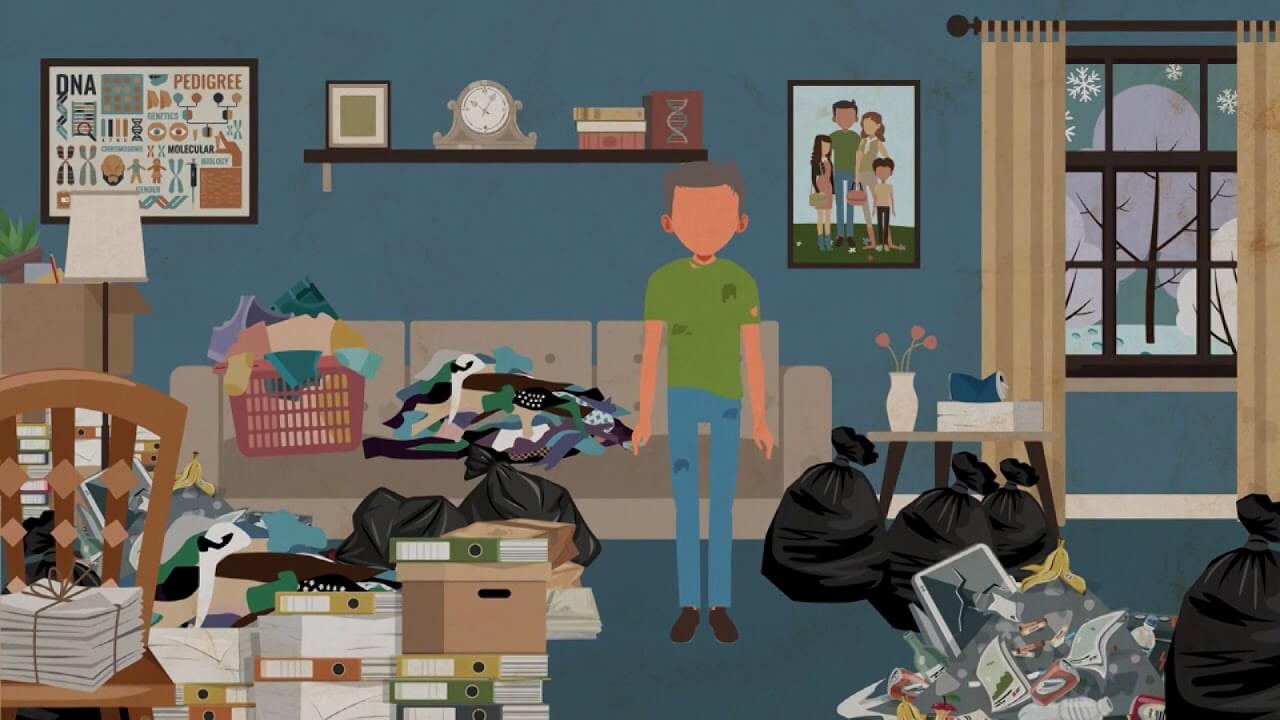
Stages And Types Of Hoarding
There are 5 stages of hoarding:
1. Hoarding Level One –
the clutter is not excessive and the living space is considered sanitary.
2. Hoarding Level Two –
the clutter is spread in more than one room, and there is light odor and the living space is not kept properly.
3. Hoarding Level Three –
one or more bedrooms are unusable and there are excessive dust, soiled living area, and visible clutter outdoors.
4. Hoarding Level Four –
there is a sewer problem, hazardous electrical wiring, mosquito and bug infestation, and unsanitary living conditions.
5. Hoarding Level Five –
there is a rodent infestation, the kitchen and bathroom are unsanitary and unusable and little to no plumbing.
Untreated hoarding problems can seriously affect a person and create extremely stressful living conditions. This can lead to substance abuse and panic disorders. There are different types of hoarding:
- Object hoarding
- Animal hoarding
- Food hoarding
- Trash hoarding
How To Help A Hoarder:
People don’t usually seek help for hoarding. Hoarding is a big stigma which is often ignored and overlooked among many other disorders. To help diagnose hoarding, a psychological evaluation is necessary.
Treating hoarding can be challenging as many people don’t recognize the signs of hoarding until too late. The first treatment to look for in this case should be cognitive behavioral therapy or CBT.
1. Psychotherapy
Psychotherapy or talk therapy is often the primary treatment for hoarding. As a part of CBT, a therapist might help to:
- Identify thoughts and beliefs related to acquiring and saving items
- Resist the urge to acquire more things
- Organize and declutter things
- Improve decision making and coping skills
- Reduce isolation and increase social interaction
- Motivate to attend group therapy and continue treatment
2. Lifestyle change
Accepting assistance from loved ones and professionals can help make changes in lifestyle and help declutter. Hoarding can lead to isolation and loneliness which in turn can lead to more hoarding. Visiting friends and family at regular intervals can help in the change of behavior. Changing eating habits and regular physical activity can also help with the rejuvenation of the mind and body.
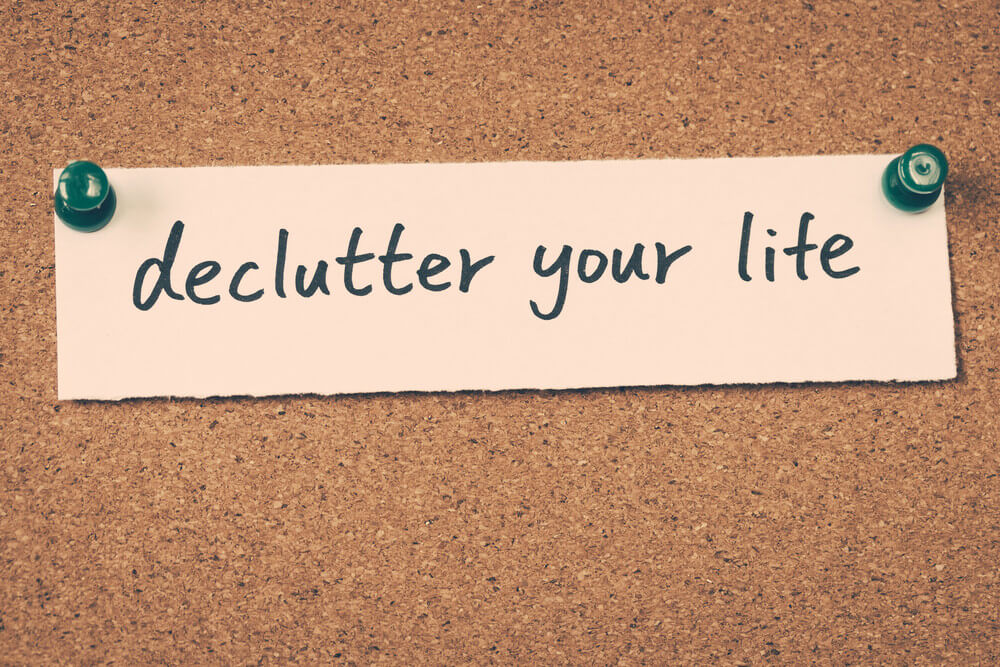
Hoarding disorder is one of many conditions that have been overlooked by many over the years. One of the reasons treating hoarding disorder is hard because of the joy it brings to people. Mental health disorders as depression and anxiety can be very stressful on a person’s mind which influences them to seek treatment. Hoarding disorder patients don’t necessarily feel distressed until faced with the thought of parting from their cherished possessions.
Every disability deserves equal validation and acceptance. People with hoarding are often left feeling shameful and regretful. There is still a lot to learn about this disorder and the ways a person can be helped. With every other mental health disability, it is imperative to acknowledge, understand, and accept the problem.
Live life on your terms and find happiness in what you have, not what you want.
You may like These Also:

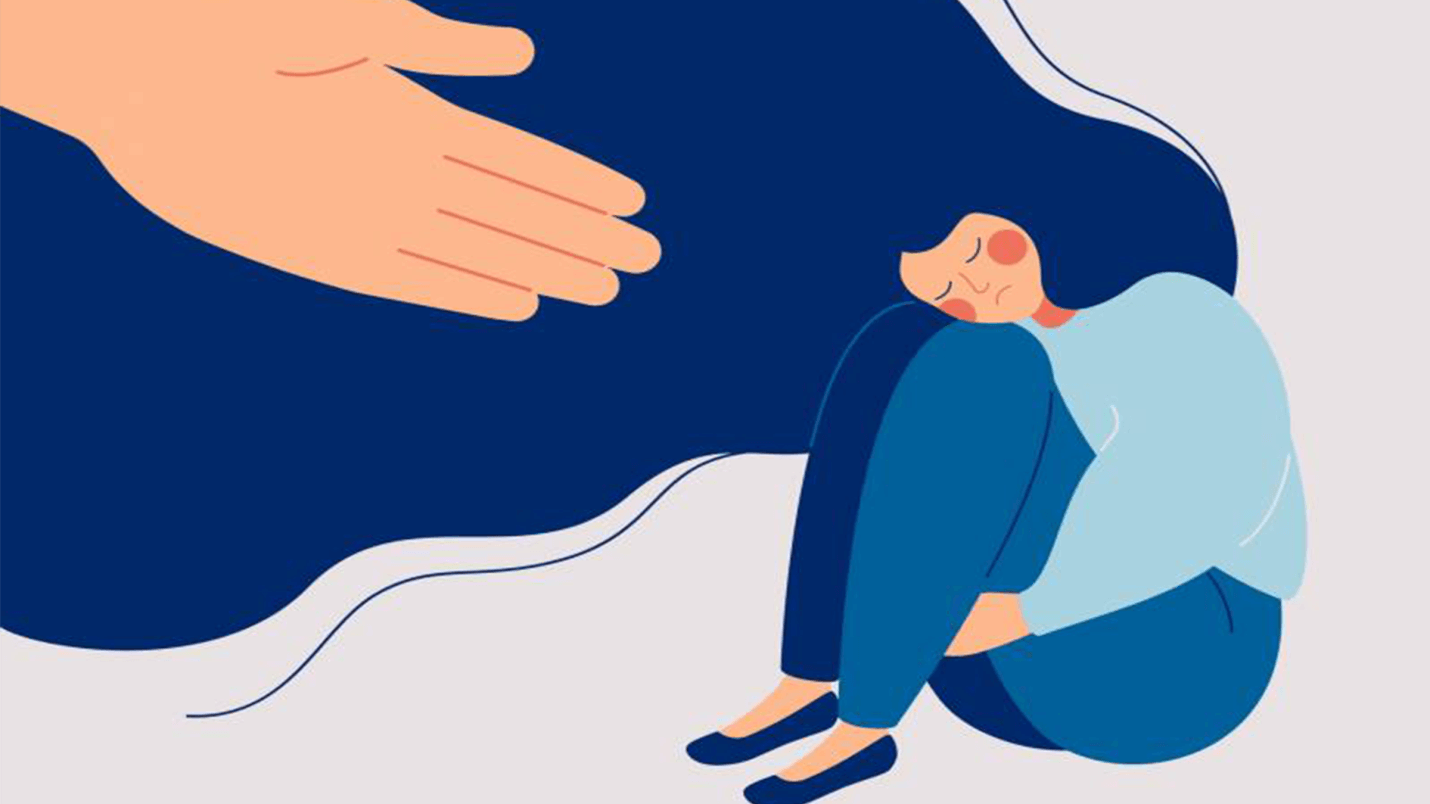





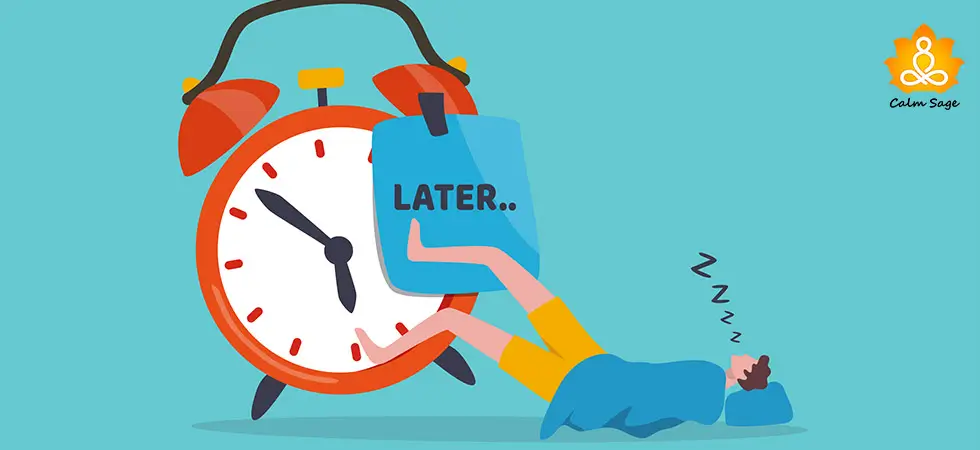














After reading this post now I am able to understand why a person experiences distress at the thought of getting rid of the items because this is due to hoarding disorder.